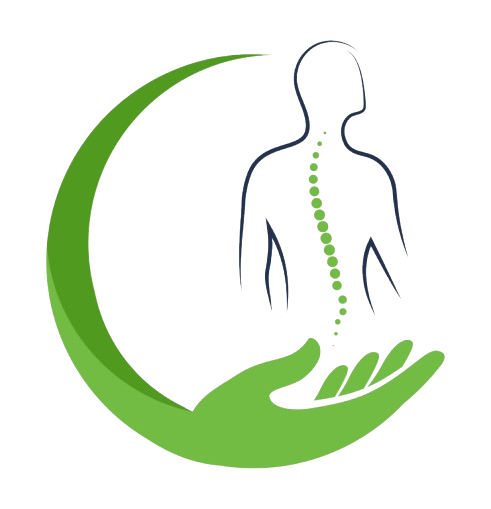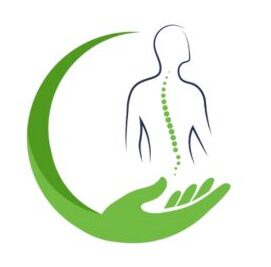Sciatica is a common problem causing pain from your lower back down into your legs. This pain can make it hard to move or enjoy daily activities. Traditional treatments like medication or surgery usually aim to ease the pain temporarily. However, there’s a new approach on the rise, called craniosacral therapy. This gentle, holistic method focuses on finding and addressing the real causes of the pain linked to sciatica. Unlike conventional treatments, craniosacral therapy may offer unique benefits.
Understanding Craniosacral Therapy and its Role in Managing Sciatica
So, what exactly is craniosacral therapy (or CST)? Simply put, CST is a hands-on therapy used to improve the functioning of the craniosacral system in the body. This involves the fluids and membranes surrounding the brain and spinal cord. Practitioners use very light touch to help release any restrictions, which can be very effective in relieving sciatica symptoms.
Rather than focusing only on the symptoms, CST encourages the body to heal itself. It targets the soft tissues around the central nervous system, helping to let go of any physical tensions. This can play a significant role in reducing the discomfort associated with sciatica.
How does craniosacral therapy help sciatica? Well, it centers on the prospect of letting the body return to its natural, healthy state. By easing the tensions near the central nervous system, it potentially alleviates the pain and discomfort of sciatica.
Those exploring alternative therapies for sciatica pain relief may find CST worth considering. It’s a holistic approach to managing sciatica, offering a non-intrusive and gentle way to tackle the source of pain. This can be particularly appealing for those wary about surgery or those seeking a natural method.
Comparing Conventional and Craniosacral Therapy: Key Benefits
Let’s dive into the benefits of craniosacral therapy over conventional methods. First, we can look at a simple comparison between these approaches:
- Approach: CST takes a gentle, non-invasive path. Conventional methods often involve medicines or even surgeries.
- Invasiveness: CST is known for its delicate touch. On the other hand, conventional treatments can involve more intrusive procedures.
- Side Effects: CST has few, if any, side effects, making it a safer choice compared to conventional options.
When comparing craniosacral and conventional therapy outcomes, CST shines as a non-invasive method. Here are some key differences:
- Whole-body balance: CST focuses on enhancing overall body balance rather than just relieving symptoms.
- Stress Reduction: CST reduces stress and tension, enhancing overall well-being.
- Less Medication: With CST, the need for drugs decreases, minimizing the risk of medication-related problems.
This gentle approach helps improve mobility and ease pain without relying on drugs or surgery. Notably, CST involves little to no side effects, making it more appealing for individuals susceptible to side effects from traditional treatments. Furthermore, addressing stress and tension holistically through CST can enhance mobility and reduce pain, all with fewer negative consequences.
Understanding the difference between conventional chiropractic and craniosacral therapy can be essential. While chiropractic treatments involve physical adjustments and may be aggressive at times, CST is light, focusing on subtle manipulations that offer a holistic touch.
Efficacy, Safety, and Expected Outcomes of Craniosacral Therapy for Sciatica
You might wonder about the effectiveness of craniosacral therapy for sciatica. Growing evidence shows promising results for chronic pain relief. Many people report improved functionality and a noticeable drop in symptoms after trying CST.
Safety is key in choosing any treatment. Thankfully, CST boasts a strong safety profile. It is suitable for most people, including those sensitive to medications. This makes it a comfortable and appealing choice for those exploring alternative therapies for sciatica pain relief.
So, what is a typical CST session like? During a session, you’ll lie down in a relaxing environment while the therapist uses a gentle touch to feel for areas of tension. The sensation is subtle, almost like a peaceful encounter. You can often expect a calm, easy-going atmosphere.
When selecting CST, consider finding a certified practitioner to ensure the best results. Also, ensure CST aligns with your personal health needs, providing a well-rounded approach for relief. This way, CST becomes a holistic approach to managing sciatica, which is both gentle and effective.
Exploring the potential of CST for sciatica treatment may open new doors to lasting relief and improved health, offering distinctive benefits of craniosacral therapy over conventional methods. Whether you’re eager to reduce stress or just seeking a mild yet effective way to handle pain, CST might just be the remedy you need.



